- History of the Organ -
The organ originally dates back to around 300 BC. The name is said to come from the Greek word ‘οργανον’ (órganon), which means ‘instrument’ or ‘biological organ’. Back in those days, “organ” referred to the water powered organ and the air powered pipe organ that is more well known today.

Pipe organ, CC-BY 2.5 (Wikipedia)
Water organs and pipe organs were designed to produce sound by pressing a key to send air to a pipe, and the organ referred to the systematic mechanism that produced sound from the pipe.
Since only a certain amount of air can be sent through the pipe, an organ can’t produce dynamics, but they could add texture to the sound by adding or subtracting notes. The use of organs started to become more ubiquitous and were often used in traditional church music.
Later, a mechanism was developed in which the bellow was controlled by hand or foot, and the pipe organ was transformed into another type of instrument that produces sound with the pedal. This was called a reed organ and once was seen in many elementary schools.
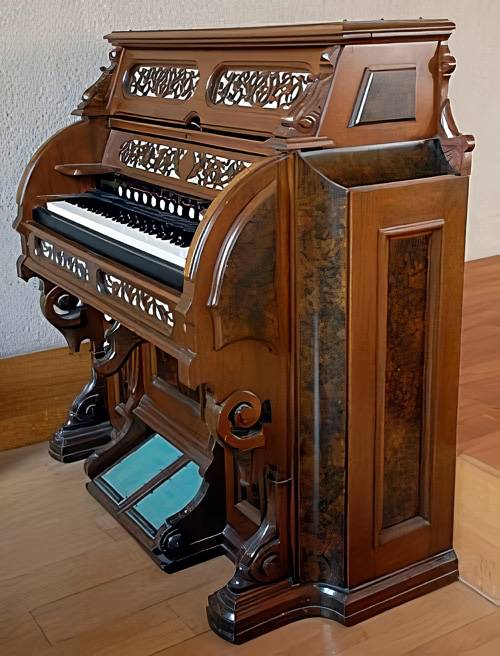
Kinjyou organ, CC-BY 3.0 (Wikipedia)
Then, Hammond developed what is now known as the electronic organ, which has become the mainstream organ today. This type of organ is commonly called the Hammond organ.
■ How to Produce Sound from Pipe Organs and Reed Organs
It may be easy to understand how these instruments produce sound if you can imagine a woodwind instrument attached to each organ key. Pipe organs can be played by air sent from the outside the instrument, and reed organs can be played by sending air from the foot pedals. These motions produce a sound linked to each key that is pressed.
■ About Electronic Organs and Hammond Organs
Currently in Japan, Hammond, Nord, Roland, Viscount, and Electone organs are available for purchase in the electronic organ market.
All of these organs can be modulated by using the drawbar mechanism, which will be mentioned more in detail later.
Most organs can be played by manipulating three sections; the two keyboards and the foot keys. Many people generally call this type of organ a ‘Hammond organ’.
The name originated from the organ that was based on the pipe organ and was further developed by the founder of the Hammond Organ Company, Laurens Hammond. Even today, many companies still use this traditional style of organ.
Hence, there are many similarities between pipe organs and electronic organs.
These two types of organs can actually be categorized as synthesizers, as the title of this article suggests.
Synthesizer is a general term for instruments that use an element like electricity in order to modulate the sound.
Synthesizers can be modulated through methods such as FM and subtractive, all of which are based on mathematical calculations.
The FM method refers to modulation through multiplication, while the subtractive method refers to modulation by subtraction (I will talk more about the principle of synthesizers in another blog).
So, what kind of synthesizer is an organ? It’s based on harmonic additive synthesis, or the harmonic resonance math behind music.
Every kind of organ has a drawbar or a sound box with knobs and switches.
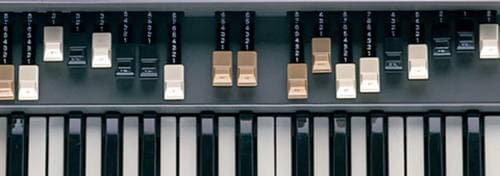
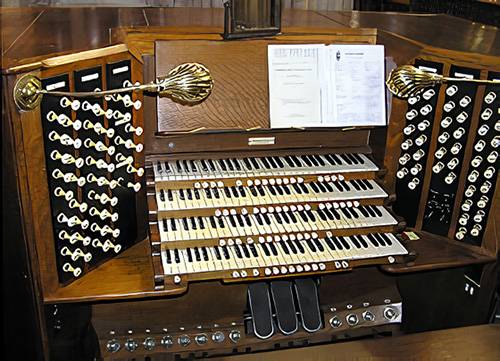
Pipe organ, public (Wikipedia)
■ What is a Drawbar?
As the name suggests, a drawbar is a bar that can be pulled out or pushed in.
Generally, an organ keyboard comes with a set of nine drawbars that add overtones to the sound.
Overtone is the resonating sound that can be naturally heard in addition to the sound played on wind instruments, string instruments such as violins, violas, and cellos, pianos and other acoustic instruments.
Like the piano and trumpet, the more overtones an instrument can play, the more beautiful the sound will become.

Overtone, CC-BY 3.0 (Wikipedia)
Above shows a table of overtones.
Suppose you play note 1.
The first overtone is the same note, the second overtone is the same note one octave higher and from the third overtone on, the intervals gradually become closer and closer.
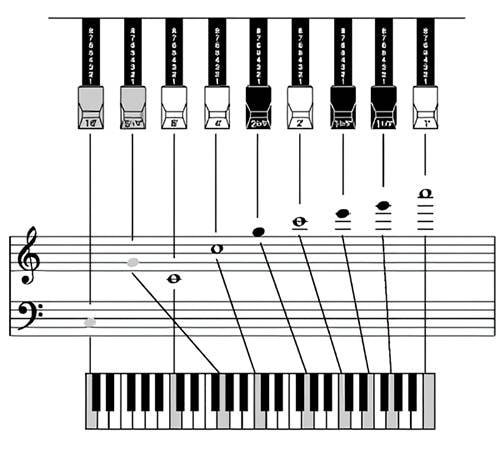
The drawbar controls these overtones.
The tone changes a little, but this one adds the overtones 1, 3, 2, 4, 6, 8, 10, 12, and 16 from the left when the second overtone is played.
These not only have the effect of creating a more beautiful sound as was mentioned above, but they also produce tones that imitate overtones in other instruments.
After the 1950’s, the electronic organ was diversified and used for various genres, especially in jazz, blues, rock, and pop music, and was also widely used on keyboards as one of the mainstream tones.
The style of playing that became mainstream when using these electronic organs around this time was the style where a Leslie speaker was used.
Leslie speakers were used together with organs in the music world later as technique to add tone color to organs, which were unable to add dynamics to the sounds just by playing a keystroke.
■ What is a Leslie Speaker?
There are two types of speaker mouths called a horn rotor (a speaker tweeter that produces high frequency) and a lower rotor (a speaker woofer that produces low frequency). These speakers are rotated by a variable motor to create a Doppler effect, producing a unique shimmering sound quality. Also, just by changing the speed, the bass or treble notes can be emphasized, creating a different effect from using the organ alone with speakers.
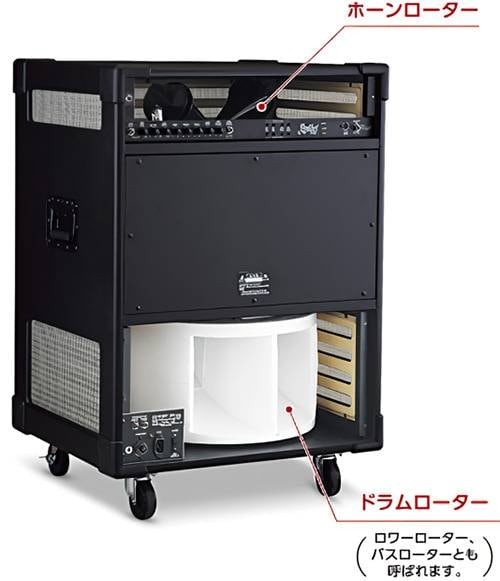
In the next post, I will focus on the features of the two types of organs that are available for purchase at Sound House.






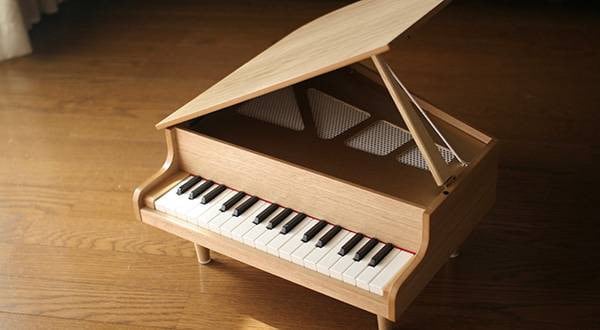
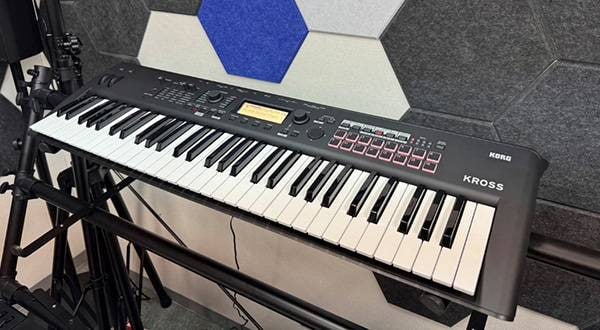

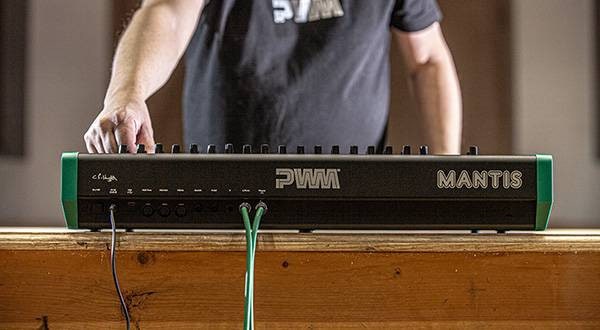

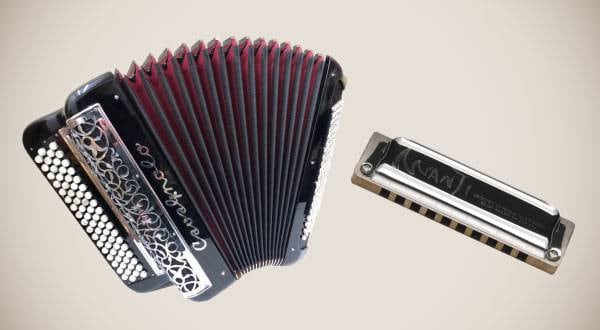

![[For beginners] Keyboard types and how to choose one](/contents/uploads/thumbs/2/2020/9/20200923_2_11196_1.jpg)
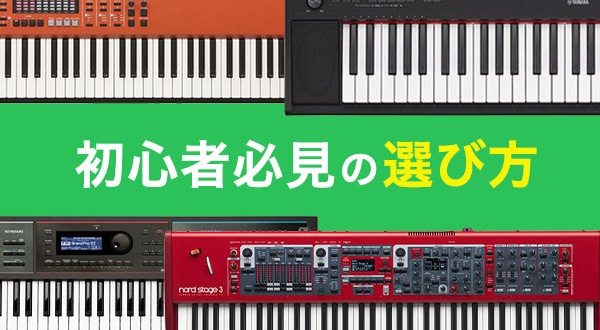

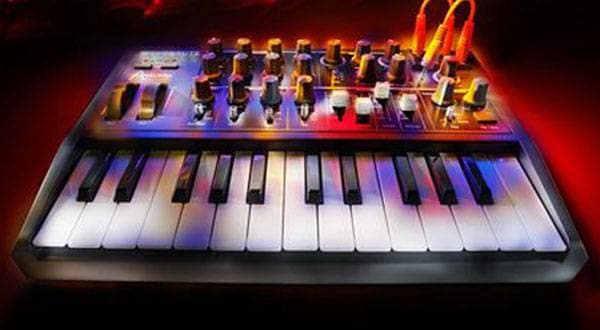
 自分にあったピアノを選ぼう!役立つピアノ用語集
自分にあったピアノを選ぼう!役立つピアノ用語集
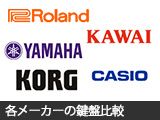 各メーカーの鍵盤比較
各メーカーの鍵盤比較
 まずは弾いてみよう!楽譜の読み方
まずは弾いてみよう!楽譜の読み方
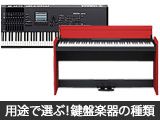 用途で選ぶ!鍵盤楽器の種類
用途で選ぶ!鍵盤楽器の種類
 キーボードスタートガイド
キーボードスタートガイド
 キーボード・ピアノ講座
キーボード・ピアノ講座















